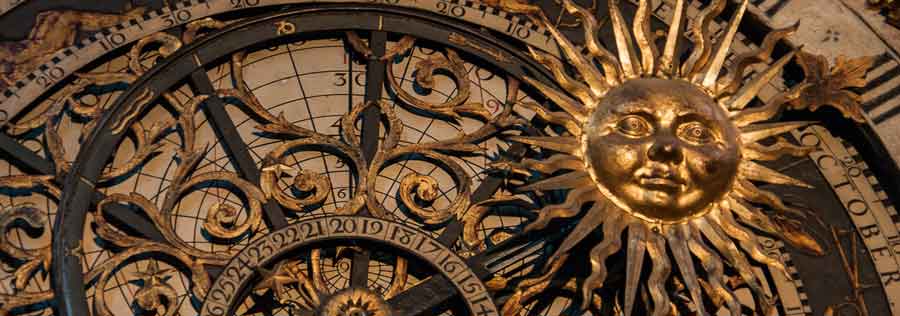_at_the_Metropolitan_Museum_of_Art_1920x1080.jpg)
_at_the_Metropolitan_Museum_of_Art_1920x1080.jpg)
This is a "broad" exploration with "highlights" of visual art forms and cultural connections, to develop an "appreciation" for the subjects using high-quality resources and social media to tell a visual story. See an overview, timescale, maps, virtual tours and the significance of Mesopotamia, Egypt, Greece, Rome, and the Americas for now.
Ancient art (c. 3000 B.C.E. to c. 400 C.E.). This period includes the great early civilizations of the ancient Near East (think Babylonia), ancient Egypt, ancient Greece, the Etruscans, and the Romans—everything that comes after the invention of writing and before the fall of the Roman Empire. Keep in mind the disintegration of the Roman Empire took centuries, but to simplify, c. 400 will do...— Khan Academy
Begin an overview with "Tiny Timelines" of Acient Egypt and Mesopotamia in a global context by authors Dr. Beth Harris and Dr. Steven Zucker at the Khan Academy and Smarthistory, The Center of Public Art History. (videos and lesson link below)
Course: Unit 1 (of 11) Lesson 1:
Ancient Mediterranean in a Global Context
Video: Ancient Mesopotamia 101 | National Geographic
Ancient Mesopotamia proved that fertile land and the knowledge to cultivate it was a fortuitous recipe for wealth and civilization. Learn how this "land between two rivers" became the birthplace of the world's first cities, advancements in math and science, and the earliest evidence of literacy and a legal system. —National Geographic
Video: Ancient Egypt 101 | National Geographic │ The Ancient Egyptian civilization, famous for its pyramids, pharaohs, mummies, and tombs, flourished for thousands of years. But what was its lasting impact? Learn how Ancient Egypt contributed to society with its many cultural developments, particularly in language and mathematics. —National Geographic
oogle Street View
oogle Map

Harvard University (Giza 360°)
The Giza Project gives you access to the largest collection of information, media, and research materials ever assembled about the Pyramids and related sites on Egypt’s Giza Plateau.
Western Tradition of Sculpture │
began in ancient Greece, and
Greece is widely seen as producing great masterpieces
in the classical period. Con't...
Wikipedia
Video: Ancient Greece 101 | National Geographic │
From artistry to politics,
ancient Greece left a considerable
impression on world history.
Learn why Greek and Roman gods
share so many similarities,
how the alphabet got its name,
and how the legacy of ancient Greece
has evolved over thousands of years. —National Geographic
Video: Ancient Rome 101 | National Geographic │ Spanning over a thousand years, ancient Rome was a civilization of constant evolution. This great empire flourished through innovation and incorporation of the diverse cultures they conquered, such as the adoption of Latin and gladiatorial combat. Learn about the rise and fall of this ancient civilization and how its influence still endures today. —National Geographic
Video: Ancient Art Links | Art of the Ancient Americas at Metropolitan Museum │ This exhibition follows the Golden Road, from the ancient Andes in Peru 3000 years ago, and up north to the Aztec Empire in Mexico in the 16th Century. It features 300 pieces of Pre-Columbian art from 52 lenders in 12 different countries, along with new archaeological findings. These exquisite objects cast new light on the ancient Americas civilizations, exposing the destruction of the Conquistadors, restoring their glorious history to Native American descendants. —CUNY TV Digital Series
Video: Ancient Maya 101 | National Geographic │ With their impressive city structures and advanced astronomical understanding, the Maya civilization once dominated Mesoamerica. Learn about the Maya's influence in mathematics, how their cosmic calendars advised agricultural matters, and how the legacy of this ancient civilization endures through Maya people today. —National Geographic

Below, is a small sample of
information links
coordinated with
video playlists.
Each link and video thumbnail takes you to the category on the Resource page.
Once there, activate the links.
Resources
Stone Age │ Bronze Age │ Iron Age │ Mesopotamian Art │ Egyptian Art │ Greek Art │ Roman Art │ Mesoamerican Art │ Ancient Architecture
Creative Commons Public Domain
0 1.0 Universal 0 1.0) License